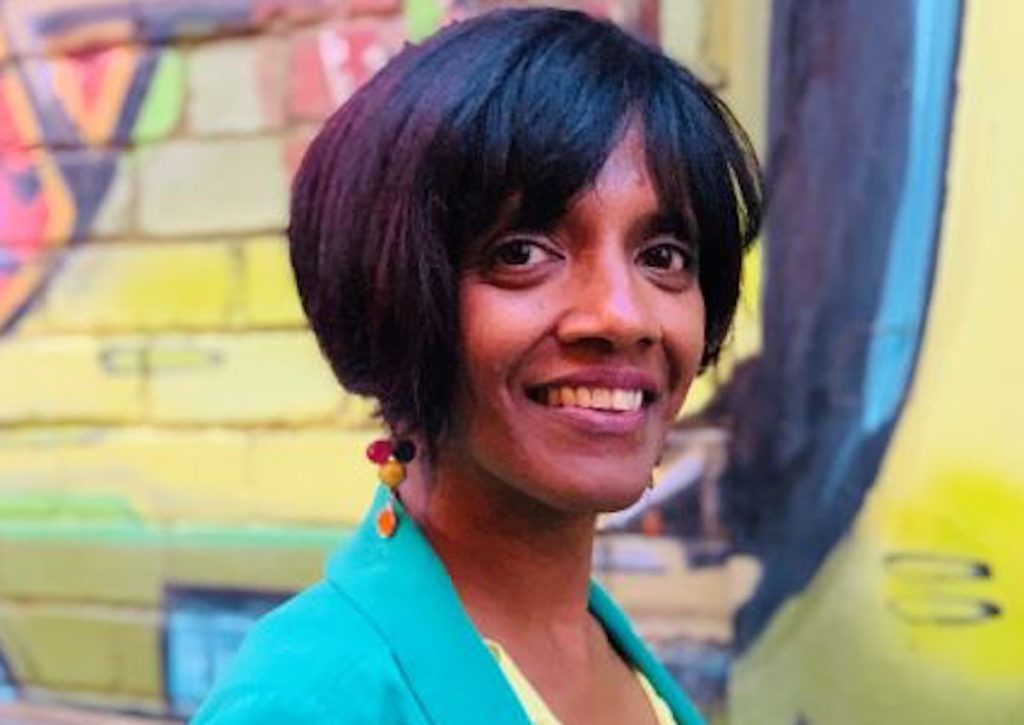Australian corporations love to talk about diversity. But without proper consideration as to how diversity and inclusion works within an organisation, it is just that: a word.
Corporations that fail to implement integrated diversity and inclusion strategies across all levels – from graduate level to the board room – are being left behind, according to a recent panel discussion of BIPoC (Black, Indigenous, People of Colour) leaders. They are also forfeiting huge opportunities to improve their organisation in many areas, especially when it comes to attracting and retaining new, skilled talent.
Late last year management consultancy, Bain & Company (B&C), dedicated a full day to diversity, equity and inclusion (DEI) training, in a bid to educate its management and staff about the importance of understanding and implementing diversity and inclusion throughout the workplace.
Agathe Gross – a B&C partner who leads its DEI efforts in Australia – says the company has launched a Diversity, Equity & Inclusion Council. The aim of the council is threefold: to improve Bain as an employer; help its clients incorporate DEI in the boardroom; and leading community initiatives to fight systemic racism.
“We believe the first step in better recruiting and retaining BIPOC professionals is taking responsibility for our lack of action to address unconscious bias and poor BIPOC representation in the past,” Agathe told Women’s Agenda.
“We acknowledge that Women of Colour in particular often experience a multitude of challenges in the workplace. To remove blockers…we are educating ourselves on anti-racism to become better allies and transforming how we recruit, support, empower and retain BIPOC professionals in our firm.”
An online panel discussion held by B&C, moderated by High Performance coach and founder of InSpur, Hema Kangeson, saw BIPoC leaders discuss the importance of modelling anti-racist and inclusive behaviour throughout all levels of an organisation.
Indigenous lawyer, Karri Walker admitted there is “no quick fix or easy answer” to racism within corporate Australia, however talking about diversity and inclusion within a business is the first step. Making opportunities for younger women of colour and providing “a map for them” so they understand how they might achieve their goals is important, she said.
“For me, I know that I would have found it incredibly invaluable if I could see there were other people of colour, who were women, who held those really senior positions,” Karri told the panel.
Modelling the pathways for BIPoC women in leadership is a crucial to achieving true diversity inclusion throughout an organisation. Without it, young BIPoC people feel alienated and unsupported, leading to high levels of turnover.
BHP principal Christine Smith stressed the importance of companies’ commitment to diversity inclusion in leadership. When she was contacted by BHP in 2019 she immediately began researching its commitment to diversity in senior roles.
“Seeing people of colour there actually made me return the call and say, ‘yes, I would like to have a further conversation.” She says that while it is important to build a pipeline from high schools and universities in graduate roles, candidates must see people in culturally diverse leadership roles too.
Mariam Veisdadeh, advisory director, Diversity Council of Australia, says the key to diversity is inclusion and sits with all levels of an organisation embracing inclusion — rather than just trying to make it happen at the graduate level.
“If you don’t have inclusion within your organisation, you can bring as much diversity as you like at entry level, but they’re not going to move up the leadership ranks,” she told the panel. “Equally they will burn out and will probably leave and your turnover will be quite high.”
Authenticity is also crucial, Mariam says. That involves creating an environment where people can “genuinely be themselves” and not “thinking about making every sentence that comes out of their mouth sound good” and feeling self-conscious about their differences.
Corporations need to invest in inclusion, according to the panellists. So, what does that look like? Mariam says companies need to invest in building an inclusion pipeline. The pipeline needs to include things like sponsorship, where BIPoC leaders sponsor younger BIPoC professionals throughout their career. The pipeline should also consider mentorship of up and coming BIPoC professionals and programs to identify diverse talent, both from within an organisation and externally.


